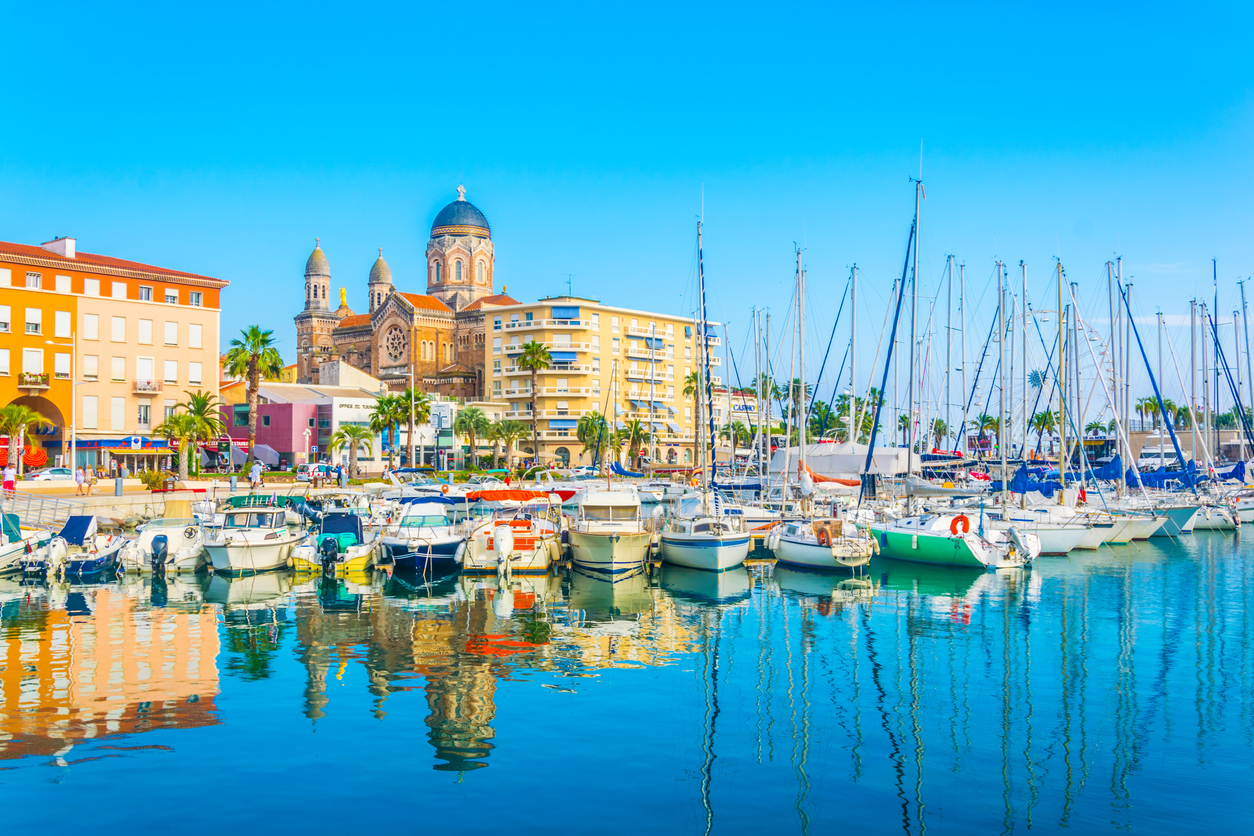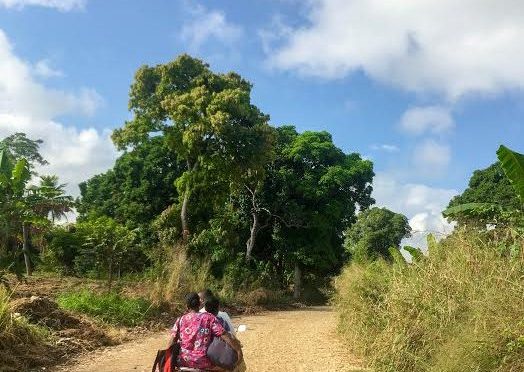
COUNTRY INFORMATION
In 2010, Haiti was devastated by a 7.0 earthquake that left over 300,000 people dead and 1.5 million homeless. However, long before the natural disaster hit the Caribbean nation, the country had been suffering from extreme poverty; therefore, struggling to feed and provide shelter for its population of over 10 million.
Haiti shares the island of Hispaniola (where in 1492, renowned explorer, Christopher Columbus, established the first European settlement) with the Dominic Republic. Haiti is considered to be the poorest country in the Western Hemisphere whereas the Dominican Republic is a popular tourist destination.
Environmental differences do contribute to part of Haiti’s troubles, such as the nation’s high mountainous ranges that cut off rainfall from the eastern part of the island. However, historical conflicts and deforestation are unarguably the leading causes for the major differences between the two countries.
In the late 17
th century, Spain ceded the western part of the island to France and renamed the area Saint-Domingue. They successfully turned the small colony into a wealthy sugar and coffee producing enterprise. However, slave labor became essential for economic development.
Nations Online reports, “Under French colonial rule, nearly 800,000 slaves arrived from Africa, accounting for a third of the entire Atlantic slave trade. Many died from disease in the harsh conditions on the sugar and coffee plantations.”
The slaves revolted against the French and won their independence in 1804, thus changing the name to Haiti (which means “land of high mountains”) but not without a high price. A treaty was signed twenty years later recognizing their freedom, but at a cost of 150 million gold Francs.
The country’s trees were exported to France to pay for the debt (which was finally paid off in 1947). Sadly, the deforestation continues because the Haitians use trees for fuel. They also use charcoal which provides their energy source since oil is too expensive for the impoverished country to purchase. The result of deforestation has led to mudslides and flooding within the country.
There is a lot to do in Haiti to help rebuild the country. Volunteers are needed to teach children, work in healthcare, work in women’s empowerment, and construction. If you’ve volunteered in Haiti, we’d love to hear about your experience. Please let us know which organization you signed up with, what your trip was like, and if you’d recommend the program to others.
Programs Recommended
Midwives for Haiti – An Exemplary Organization that Needs Skilled Volunteers By: Emily Scott, ethical travel enthusiast and Registered Nurse who blogs at Two Dusty Travelers Midwives for Haiti’s guiding principles (which volunteers are required to read before serving) state their values of genuine partnership, compassion, humility, and stewardship. I loved volunteering with MFH because the … Continue reading Midwives for Haiti-An Exemplary Organization that Needs Skilled Volunteers →


